The Harlem Renaissance saw the first emergence of African-American artists, writers, and musicians. They began to go to the district in Manhattan named Harlem. The legacies of the Harlem Renaissance left behind features talent such as Langston Hughes poems to Aaron Douglas’ paintings.
Born May 26, 1899 in Topeka, Kansas. Died February 2, 1979 in Nashville, Tennessee.
After Douglas received his bachelor’s degree from the University of Nebraska he moved back to Kansas to teach art. In 1925 he moved to New York and went to Harlem to join the local artists there. His first major work was to illustrate a book written by Alain Locke called The New Negro. This caused other writers like Langston Hughes to try to get illustrations for their books as well. Douglas liked to incorporate cubist forms with geometric shapes drawn from African art. Douglas also made murals for a few colleges. Through his work he liked to address the aspirations of creative freedom. When the Harlem Renaissance died down he went to teach at Fisk University where he taught art for 27 years.
Born February 1, 1902. Died May 22, 1967.
After graduating from high school, Hughes wanted to return to Mexico to live with his father to try to persuade him that he should pay for his son’s college education at Columbia University in New York City. Hughes hoped he could get a college education but also begin his career as a writer. On his way to Mexico while thinking about his past and his future, Hughes wrote the famous poem, “The Negro Speaks of Rivers.” Hughes wanted to be a writer; his father wanted him to be an engineer. After Hughes sent some of his poetry was published his father was impressed enough to agree to pay for a year at Columbia University.
Hughes entered Columbia University in the fall of 1921. He stayed there for one year. While he was there he found Harlem. He got to meet and get to know other writers of the time such as Countee Cullen, Claude McCay, W.E.B. DuBois, and James Weldon Johnson. In his poetry, he uses the rhythms of African American music, especially blues and jazz. This sets his poetry apart from that of other writers, and it allowed him to experiment with a very rhythmic free verse. Hughes’s second volume of poetry, Fine Clothes to the Jew was not well liked at the time of its publication because it was too experimental. Now many critics believe the volume to be among Hughes’s finest work. Hughes continued to write successful poem after poem.
On May 22, 1967 Langston Hughes died after having had abdominal surgery. Hughes’ funeral, like his poetry, was all blues and jazz.
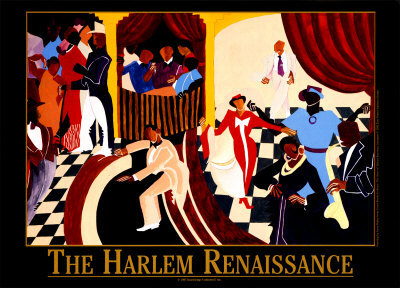
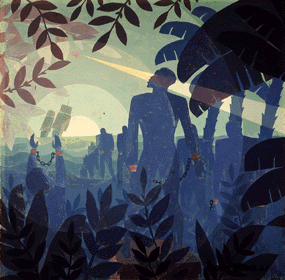
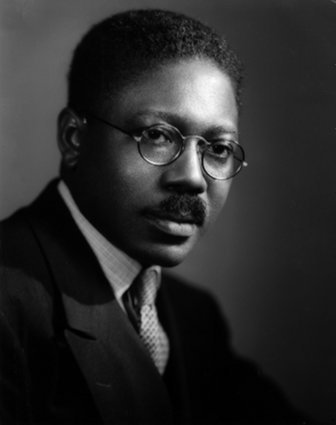
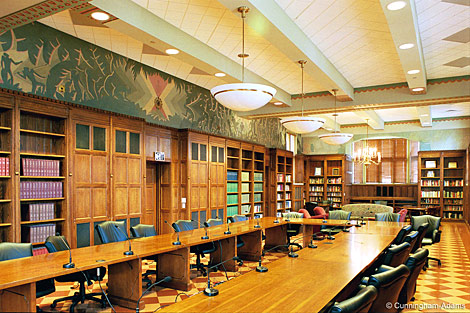
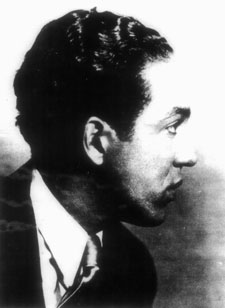
Leave a comment